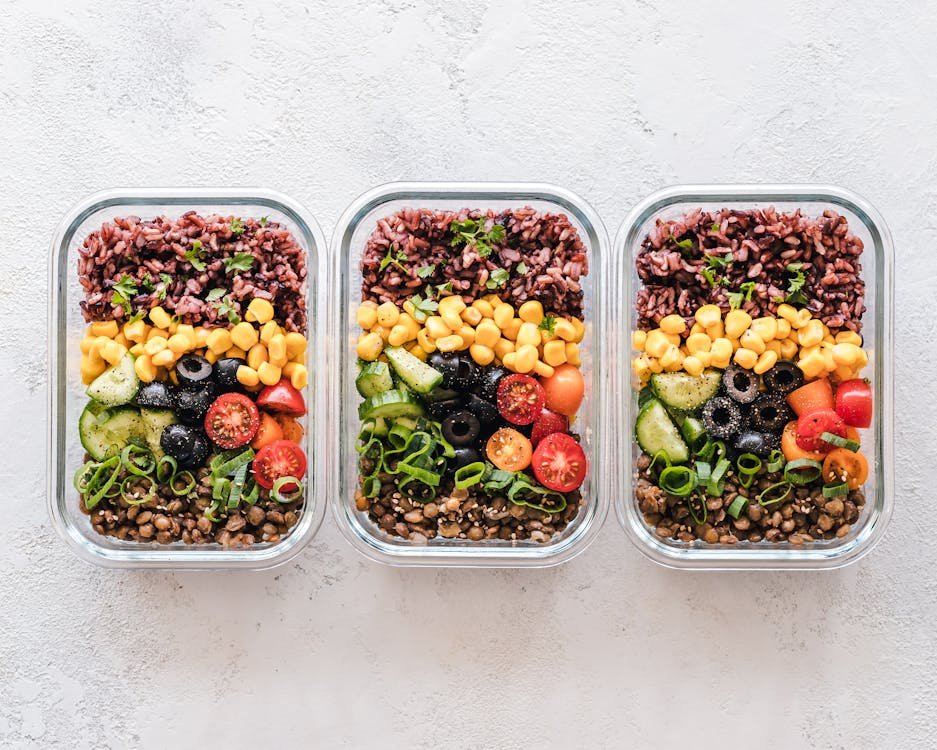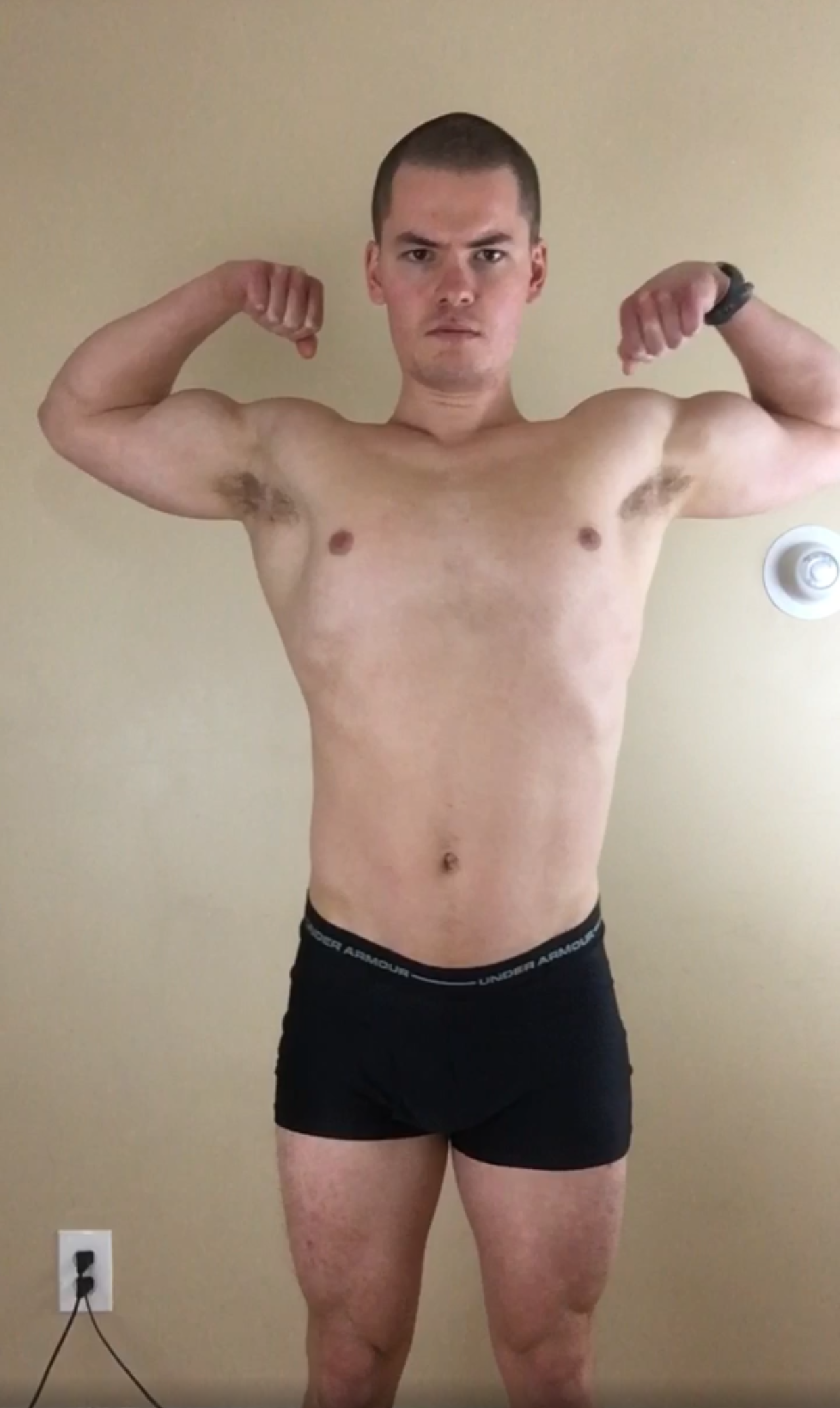2 August 2024
Unlocking the Secrets of Vegan WEIGHT-Loss: Top Tips for a Leaner, Healthier You
If you're seeking a leaner, more sculpted physique, it’s crucial to shift your focus from merely losing weight to specifically targeting body fat. Contrary to popular belief, simply shedding pounds doesn't equate to a healthier or fitter body. What you truly want is to reduce body fat while preserving lean muscle mass.
Let’s explore effective strategies for fat loss on a vegan diet, combining nutritional wisdom with practical tips to help you achieve your fitness goals.
Why Focus on Fat Loss Instead of Weight Loss?
Weight loss often misleads people into thinking that reducing overall body weight is the end goal. However, fat loss, coupled with maintaining or increasing lean muscle mass, is the true key to transforming your body composition. The goal is to shed fat while keeping your muscle tone intact, which leads to a leaner, more defined physique.
5 Proven Tips for Vegan WEIGHT-Loss
1. Maximize Food Volume with Vegetables
Vegetables are your key to successful fat loss. Packed with fiber and low in calories, they help you stay full without adding extra calories. Build your meals around plant-based proteins like tofu and legumes, and fill your plate with vegetables that offer high volume and low calories. Here are some of the best vegetables for volume:
Spinach: Low in calories and high in nutrients, perfect for salads or as a base for dishes.
Broccoli: Rich in fiber and water, making it a great filling option.
Zucchini: Versatile and low in calories, great for stir-fries and as a pasta substitute.
Cauliflower: Can be used as a rice or mashed potato substitute, adding bulk with fewer calories.
Bell Peppers: High in vitamins and low in calories, ideal for adding crunch and flavor.
Check out our YouTube Video on volume eating:
2. Simplify and Prepare Meals in Bulk
For effective fat loss, consistency is essential. Simplify your meals and prepare them in bulk, ideally over the weekend. This approach eliminates the daily hassle of cooking and helps you stick to your nutritional goals. By preparing meals ahead of time, you can save approximately 3-5 hours each week that would otherwise be spent cooking or deciding what to eat. Try meal prepping dishes like tofu stir-fries or high-protein overnight oats so you’re set for the work week, making healthy eating easier and less time-consuming.
Pro Tip: Using glass jars are a great way to meal prep so your food doesn’t absorb plastic toxins.
3. Avoid Hidden Calories
Hidden calories in certain foods can undermine your fat loss efforts. Common vegan foods that might seem healthy but can have hidden calories include:
Granola: Can be high in sugars and fats, making it calorie-dense despite being a common health food.
Avocado: While nutritious, it's calorie-rich, so portion control is crucial.
Nut Butters: Easy to overeat due to their calorie density, even though they’re a healthy fat source.
Salad Dressings: Many dressings contain added sugars and fats that can significantly increase the calorie count.
Any type of oil drastically increases your caloric intake (1 TBSP of oil is 120 calories).
4. Utilize Intermittent Fasting Wisely
Intermittent fasting can help with dietary adherence and hunger management, but it’s not a magic bullet for fat loss. It’s particularly effective because it can help control calorie intake by reducing the window of time during which you eat. Many people tend to overeat in the evening, so limiting eating times can prevent excess calorie consumption. Experiment with fasting windows to find what works best for your lifestyle and needs, but remember, it's most beneficial as a tool to manage overall calorie intake rather than a standalone solution.
Pro Tip: Use Intermitting Fasting as a tool, not a diet.
5. Set a Step Goal for Increased Activity
Non-exercise activity (NEAT) plays a crucial role in your daily calorie expenditure. Aim for 10,000 steps a day to boost your calorie burn. Additionally, incorporate other daily activities that might not require much thought but contribute to calorie burning:
Taking the Stairs: Instead of the elevator.
Walking During Breaks: Use work breaks for short walks.
Standing While Working: Use a standing desk or take standing breaks.
Household Chores: Activities like cleaning, gardening, or playing with pets can add up.
Parking Further Away: Opt for parking farther from your destination to get more steps in.
Pro Tip: Make walking fun by inviting your friends or family. Put it on your calendar for a recurring outing!
Additional Health Benefits of a Vegan Diet
While effective fat loss is a significant goal, a well-planned vegan diet offers a wealth of additional health benefits that extend far beyond just shedding pounds. By focusing on whole, plant-based foods, you not only support sustainable fat loss but also significantly improve your overall health. Here’s why:
Improved Heart Health
A vegan diet, rich in fruits, vegetables, whole grains, and legumes, can lead to better heart health. Plant-based diets are low in saturated fats and cholesterol, reducing the risk of heart disease. Foods like oats, beans, and avocados are known for their heart-healthy properties, including lowering blood pressure and improving cholesterol levels.
Reduced Inflammation
Chronic inflammation is linked to various health issues, including arthritis, diabetes, and cardiovascular diseases. Vegan diets emphasize anti-inflammatory foods such as berries, leafy greens, nuts, and seeds. These foods are rich in antioxidants and phytonutrients, which help combat inflammation and promote overall health.
Lower Risk of Chronic Diseases
Adopting a vegan diet can lower the risk of several chronic diseases. Research suggests that plant-based diets are associated with a reduced risk of type 2 diabetes, certain cancers, and obesity-related conditions. By prioritizing whole, plant-based foods, you enhance your body's natural defenses and improve your overall health profile.
Enhanced Digestive Health
A diet high in fiber from vegetables, fruits, and whole grains supports a healthy digestive system. Fiber promotes regular bowel movements, prevents constipation, and supports the growth of beneficial gut bacteria, which is essential for optimal digestion and absorption of nutrients.
Increased Energy Levels
Consuming nutrient-dense plant-based foods can boost your energy levels. Unlike highly processed foods, whole plant foods provide a steady release of energy and essential nutrients, helping you feel more vibrant and less fatigued throughout the day.
Better Skin Health
A diet rich in vitamins and antioxidants from plant-based foods contributes to healthier, glowing skin. Nutrients like vitamins A, C, and E, found in fruits and vegetables, help combat free radicals and support skin repair and rejuvenation.
Sustainable Health Benefits
A vegan diet is not only beneficial for your personal health but also for the planet. By choosing plant-based foods, you reduce your ecological footprint, as plant-based diets generally require fewer natural resources and produce less greenhouse gas emissions compared to animal-based diets.
Summary
Incorporating these five proven tips into your vegan fat loss strategy can help you achieve your goals while enjoying a variety of health benefits. By maximizing food volume with vegetables, simplifying your meal prep, avoiding hidden calories, utilizing intermittent fasting wisely, and setting a daily step goal, you'll not only support effective fat loss but also enhance your overall well-being.
A well-planned vegan diet goes beyond just losing weight. It offers a host of additional benefits, including improved heart health, reduced inflammation, and a lower risk of chronic diseases. By focusing on whole, plant-based foods, you’ll feel more energized, support your digestive health, and contribute to a more sustainable lifestyle.
Embrace these practical tips and experience the comprehensive advantages of a well-rounded vegan diet. Your journey to better health and successful fat loss starts with these simple yet impactful steps.
Your Next Steps for Effective Vegan Fat Loss
Ready to take your vegan fat loss journey to the next level? If you’re looking for personalized support and expert guidance, we’re here to help.
At the Vegan Superhero Academy, we’ve helped over 2,250 vegans just like you achieve their health and fitness goals. Our 1-1 coaching program offers tailored plans, dedicated support, and a vibrant community to ensure you stay on track and succeed.
Click here to learn more and join our supportive community today!
OUR ACADEMY MEMBERS AT THE 2023 VEGAN SUPERHERO RETREAT.
Thanks for reading!
The Vegan Gym
Have a question? Send us a message in Facebook Messenger!















